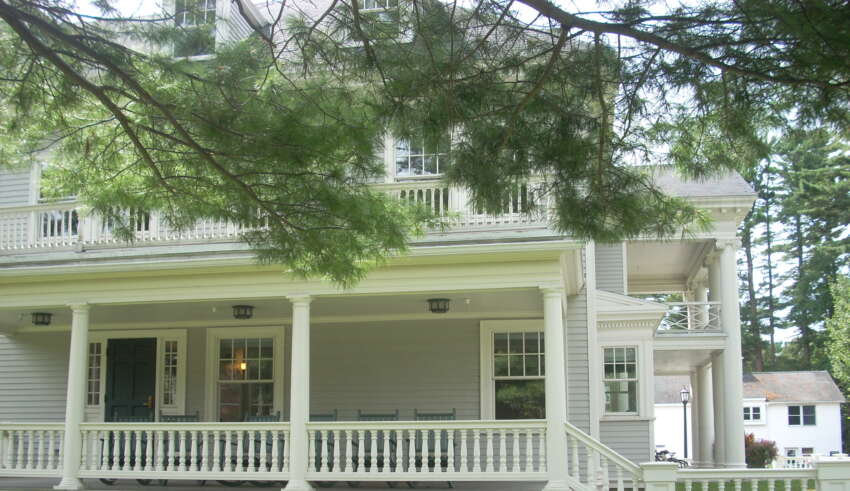
The Emerging leaders from our Sage Project (ages 25-55) often found it hard to establish the right balance between love and work in their own demanding mid-life world. For some of the Emerging Sage leaders there is an option, but it is often painful. We see the struggle about work/life balance playing out in the decision that some sage leaders make to get “out of the rat race” of civic engagement and spend more time with their children and family. For these men and women, there was often no balance to be found between work or civic engagement and love (time with family). They had to choose one over the other.
If a Sage leader decides not to opt out of her civic commitments, and if she is equally committed to quality Generative One time with her family, what can be done to reconcile those sacrifices and trade-offs? We observed that they usually can do so in one of three ways. First, they might consider their project work to be a model for their children and hope that the children will be proud of their efforts and will emulate them during their own adult years. Second, some of our Emerging Sage leaders believed that their civic work would ultimately be of benefit to their children, thus making their outside caregiving simply an extension of their caregiving inside the family. Third, some of these leaders took a more tangible step; they immediately involved their children in their civic projects.
Many years ago, Sigmund Freud offered a simple but profound observation that the two ingredients of a happy and successful life are love and work (Smelser and Erikson, 1980). But Freud failed to mention that it isn’t always easy to balance the demands inherent in both love and work, especially when love has to do with raising children while work has to do with finding time and energy to successfully engage in a project.
The Enduring Role of Generativity One
Up to this point, I have borrowed primarily from research conducted with men and women who were involved in long term, intimate relationships—though I also introduced some insights from our Sage leaders as we addressed the role of Generativity One in the creation and maintenance of lifelong projects. Now, I draw extensively on my work with coaching and consulting clients–men and women who were often experiencing the challenges of mid-life.
We Continue to Parent
Generativity One does not disappear as we grow older: That is one of the dominant themes in this book, and we believe it provides an important contribution to the literature on generativity. The first role of generativity not only doesn’t go away; it provides many of us with an opportunity to “do it better” as we grow older. Many years ago, Barry Osherson (1986) wrote about the “wounded father” and poignantly described the difficult relationship that often exists between the father and his children during the early years of parenthood. He writes about the alienation that has existed with the father who worked a full day in a large factory and came home every evening and wanted to be “left alone” to recuperate.
This narrative seems embedded in the 20th Century account of “organization men” and “men in gray flannel suits”, as well as the “working stiffs” who spent their lives on an assembly line. This storyline also seems relevant for working men and women of the 21st Century who are deeply engaged in their work— and who are impacted by the Internet and digital communication technologies. They often find no boundaries between their work life and home life. (Bergquist, 1993).








